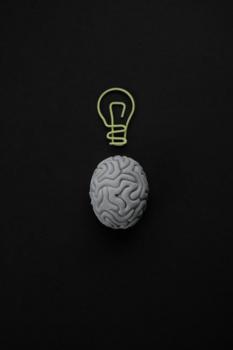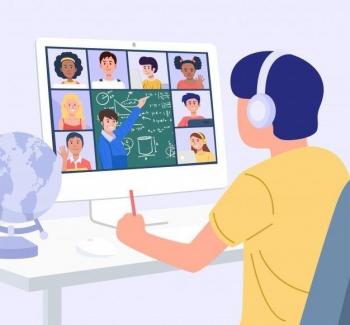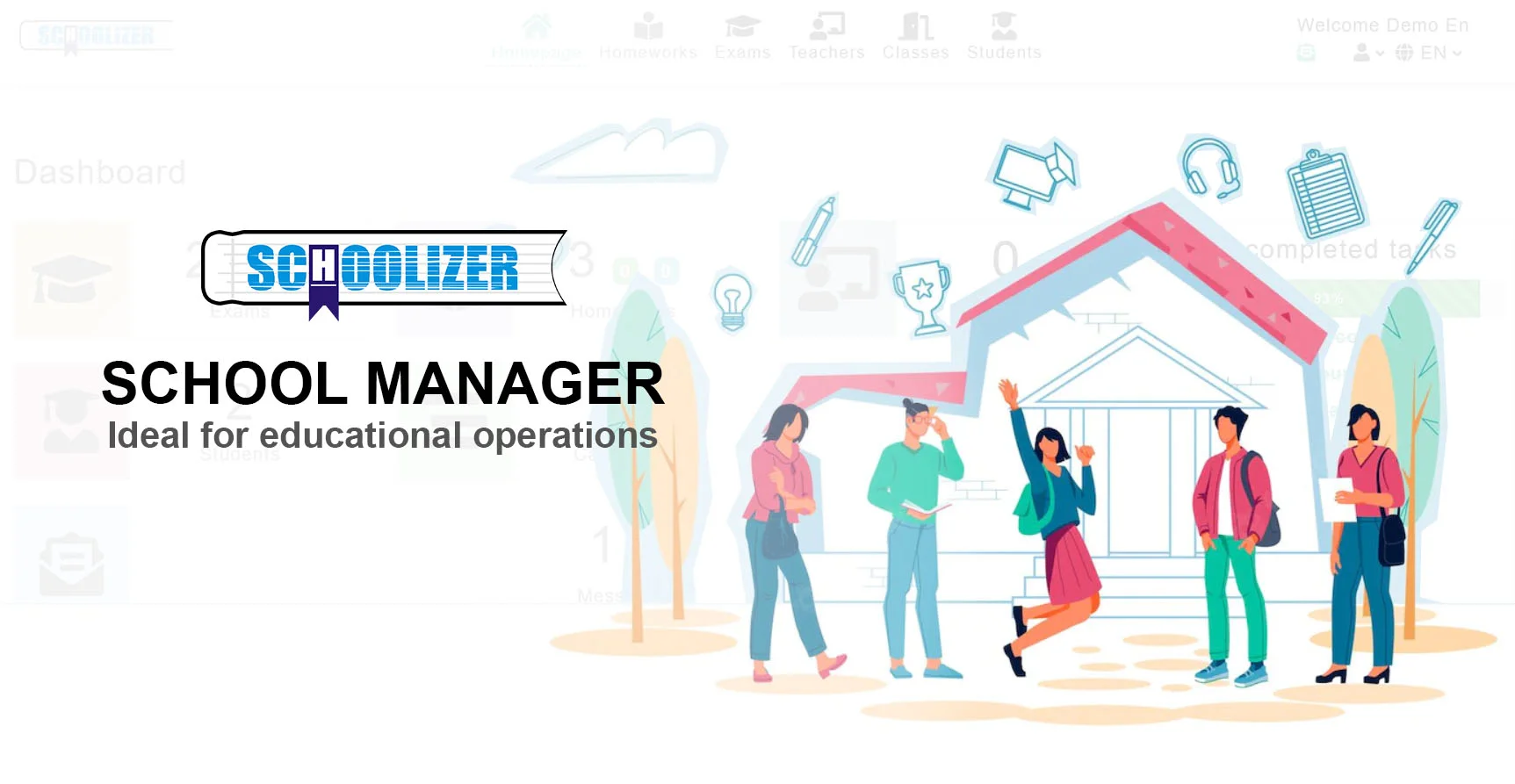Understanding Cognitive Dissonance: A Powerful Tool for Educators

What Is Cognitive Dissonance? A Guide for Teachers and Learners
Have you ever found yourself torn between two conflicting beliefs? Or felt uneasy after making a decision that didn’t align with your values? This mental discomfort has a name—cognitive dissonance. But what exactly is it, why does it matter, and how can understanding it improve teaching and learning?
Defining Cognitive Dissonance
Cognitive dissonance is a psychological theory introduced by Leon Festinger in 1957. It describes the mental stress or discomfort experienced when a person holds two or more contradictory beliefs, ideas, or values simultaneously. The brain naturally seeks harmony, so when inconsistency arises, it triggers a response to reduce the discomfort.
For example, imagine a student who believes they are environmentally conscious but frequently forgets to recycle. The clash between their self-image and behavior creates dissonance, which they might resolve by either changing their actions or justifying their forgetfulness.

Why Cognitive Dissonance Matters in Education
Understanding cognitive dissonance is crucial in educational settings because it influences how students process new information, adapt behaviors, and develop critical thinking skills. When learners encounter ideas that contradict their existing beliefs, dissonance arises. How they resolve it—whether through growth or resistance—shapes their learning journey.
Teachers can leverage this concept to design lessons that challenge misconceptions. For instance, presenting scientific evidence on climate change to a skeptical student may create dissonance, prompting them to reevaluate their stance.

How Cognitive Dissonance Manifests in Everyday Life
In Personal Decisions
People often experience dissonance after making tough choices, like buying an expensive item. To justify their decision, they might emphasize its benefits while downplaying drawbacks.
In Social and Cultural Contexts
Societal norms can create dissonance when individuals act against them. For example, someone who values health but smokes may rationalize their habit by claiming it helps with stress relief.
Strategies to Reduce Cognitive Dissonance
People employ various tactics to alleviate dissonance:
- Changing beliefs or behaviors: Adopting new attitudes or actions to align with their values.
- Seeking confirming information: Ignoring contradictory evidence while focusing on supportive data.
- Rationalizing: Creating justifications to minimize the conflict.
In classrooms, educators can guide students toward healthy resolutions, such as encouraging open-mindedness and evidence-based reasoning.

Practical Applications for Teachers
Teachers can use cognitive dissonance as a pedagogical tool:
- Debates and discussions: Present opposing viewpoints to stimulate critical thinking.
- Real-world problem-solving: Assign tasks that challenge students’ assumptions.
- Reflective journals: Encourage students to document and analyze their conflicting thoughts.
For example, a history teacher might ask students to defend perspectives they disagree with, fostering empathy and deeper understanding.

The Role of Cognitive Dissonance in Personal Growth
While dissonance can be uncomfortable, it’s also a catalyst for growth. By confronting contradictions, individuals refine their beliefs and develop resilience. In education, embracing dissonance helps students become adaptable, critical thinkers—an essential skill in an ever-changing world.






